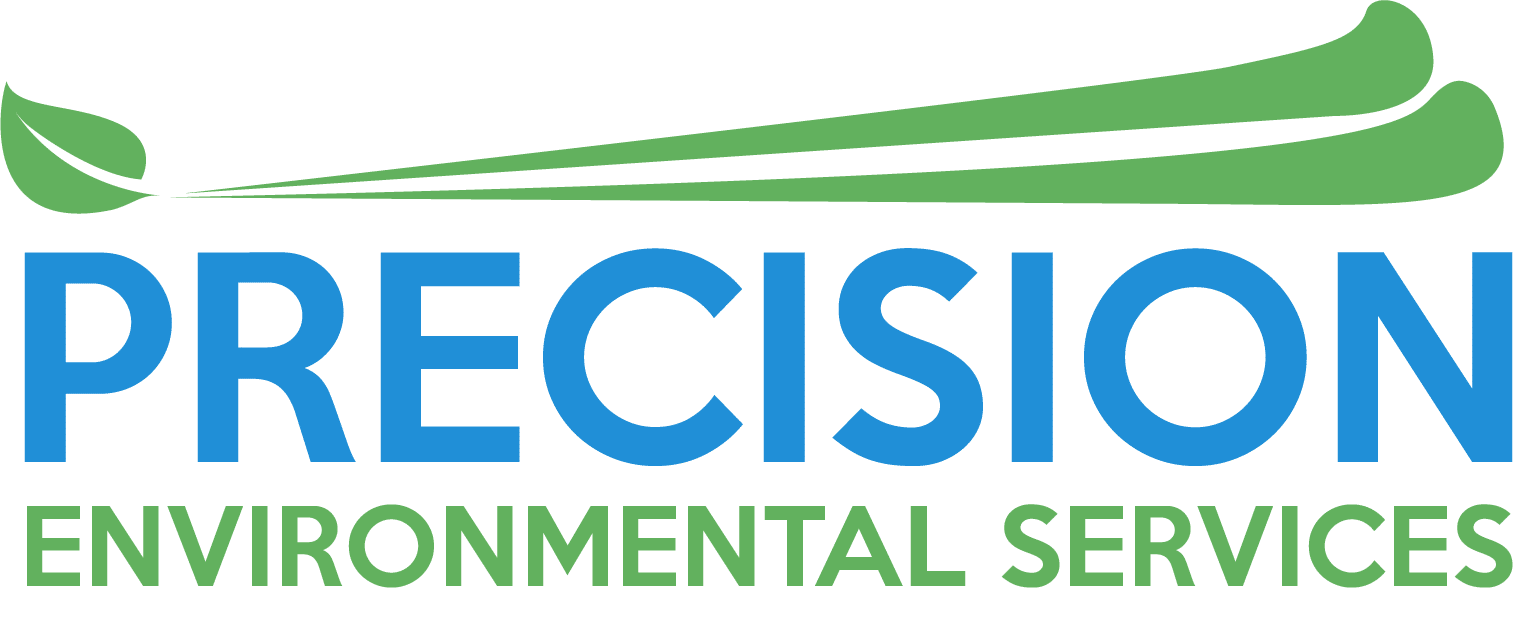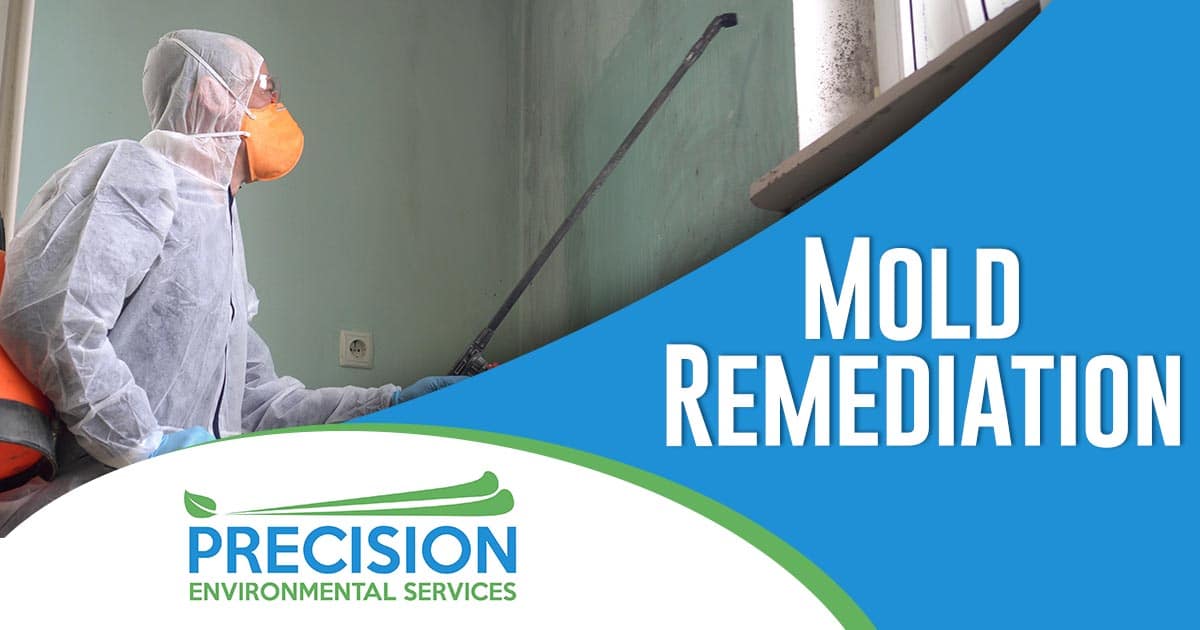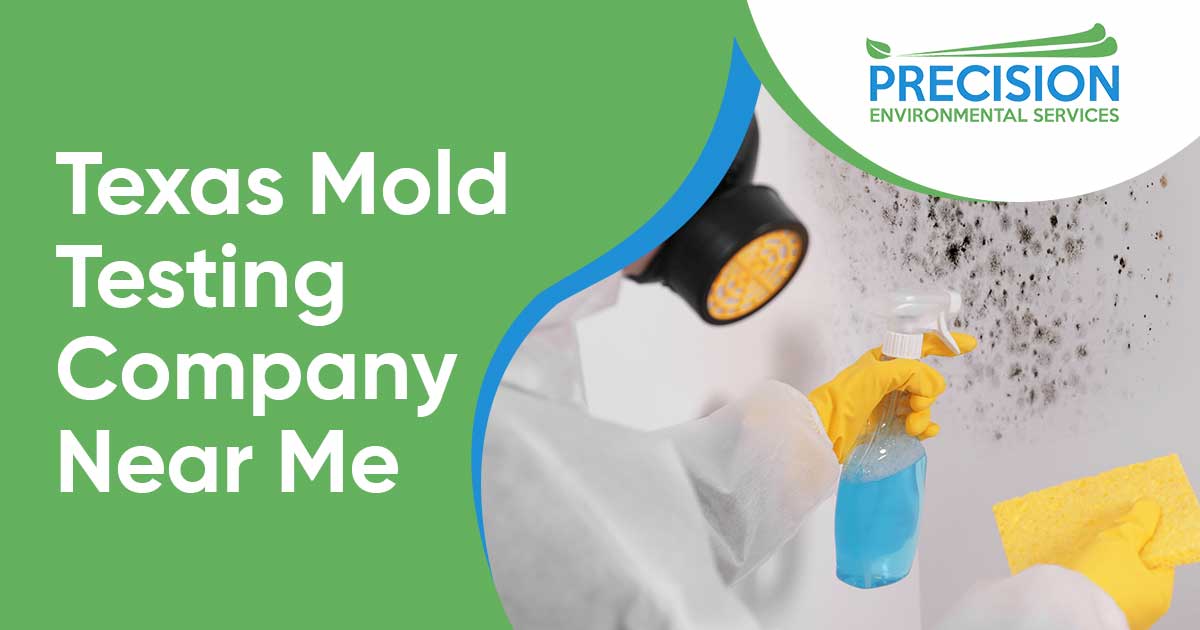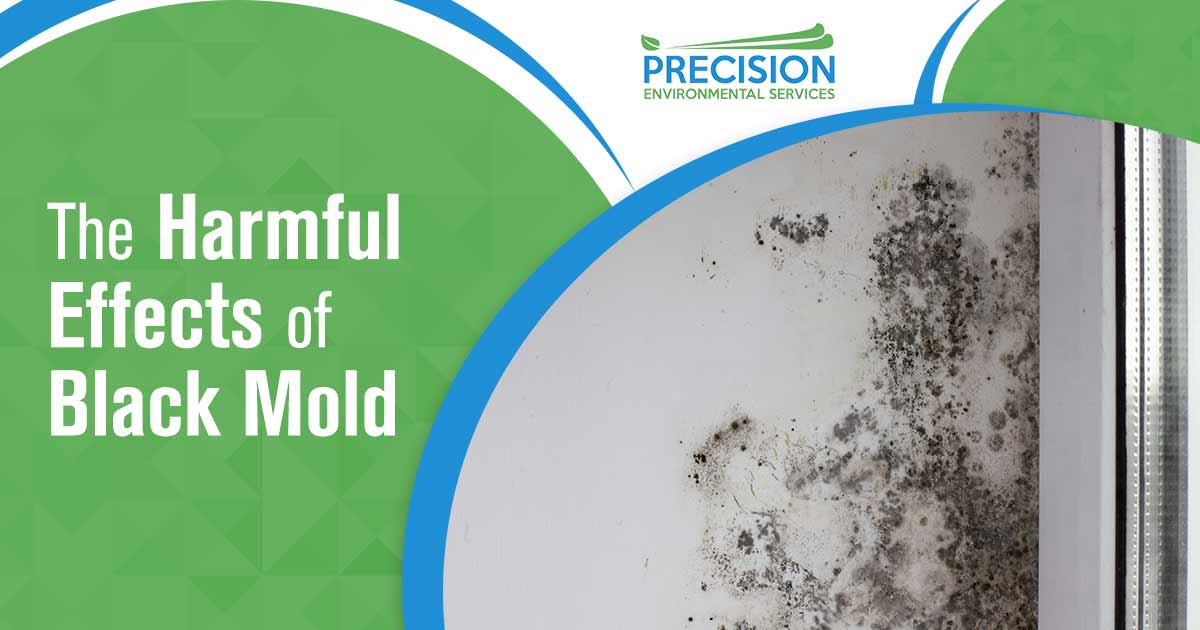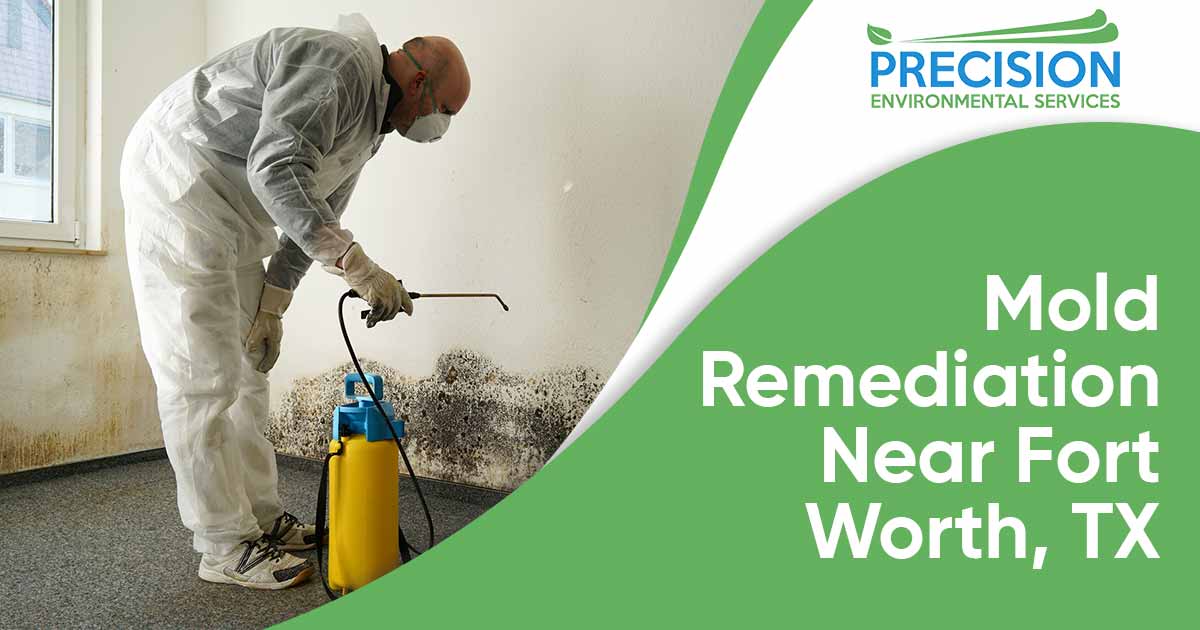When you have a moisture problem in your home, whether it’s a leak or just excess condensation, mold growth can start fast. In some cases, it takes less than 48 hours.
Mold grows by releasing reproductive cells, or spores, into the air. Invisible to the naked eye, mold spores can grow and spread anywhere in the home that has moisture and oxygen. Some of the more common surfaces to be contaminated with mold include drywall, insulation, tiles, carpets and other fabrics, and wood. Because mold spores are microscopic and float through the air, they can enter your home in a number of ways, including through windows and doors, in air conditioning or heating systems, and sometimes even on your clothing or a pet. When those spores find moisture, they could then create colonies and begin to produce allergens and irritants that could be harmful to your health.
So, what can you do? The answer is mold remediation. Mold remediation is the process of removing, cleaning, sanitizing and preventing mold. While this is a process that can be done without professional help, an environmental restoration company, such as Precision Environmental Services, understands the science behind mold and how it grows, and is best equipped to help provide a solution.
How does mold remediation work?
Because mold produces tiny spores, remediation can be a very involved process to ensure that all of the mold has been removed. The company you hire to handle the problem should be able to lay out the steps they will be taking in terms that are easy to understand. While all situations involving mold are different, some basic steps will still apply.
- Inspection and Mold Damage Assessment. Typically, you may not need an inspection to know that you have a problem as one of the most common signs of contamination is visible mold. However, what you see may only be the tip of the iceberg. In some cases, mold colonies can be hiding behind walls and other building materials, which is why a professional may need to do more assessment of the impacted area.
- Mold Containment. There are various processes for a mold remediation contractor to stop the spread of mold in your home. In most cases, all heating and air conditioning systems will need to be turned off to keep spores from spreading through the air. A mold removal professional may also put up physical barriers, or create negative air pressure to help during the remediation process.
- Air Filtration. Specialized tools, such as HEPA vacuums are often used to pull mold spores right from the air. Equipment like this is often referred to as an “air scrubber,” and is used to prevent mold spores from spreading outside of the mold-infested area.
- Removing mold, moldy materials and cleaning. The length and process of remediation will be based on the amount of growth encountered during the inspection and mold assessment. Sometimes, antifungal and antimicrobial treatments can be used to get rid of mold colonies. However, mold-infested materials, such as drywall and carpeting, may need to be removed completely to eliminate any further damage from mold. Once the mold is removed, and tests have been done to determine the area is safe, cleaning and sanitizing the contaminated area is the last stepbefore restoring the materials that were damaged.
But what good is remediation if you have fixed the source of the problem – moisture. One of the most important things to remember about mold is that behind the growth is an issue with water or moisture. Once the source of the moisture has been determined, repairing it will help to prevent any more mold spores from growing and colonizing.
When is mold remediation required?
Mold can grow almost anywhere, indoors or outdoors. While mold may seem like a pretty common problem, it can be serious. So, how can you tell when mold remediation is necessary? Aside from spotting mold in your home, there are several signs that you have a mold problem that needs a cleanup.
Water Event/Intrusion
As previously mentioned, water and moisture create the perfect breeding ground for mold to form colonies. Some events that could result in a mold infestation and require remediation include flooding, either from an indoor or outdoor source, saturation of building materials including drywall, flooring and upholstered furniture. Leaky pipes inside walls can also cause mold problems. Other places most likely to see mold contamination include dark, damp areas such as a basement or an attic.
Unusual Stains/Discoloration
Another sign that mold may be present in your home is stained or discolored walls or ceiling tiles. Often, mold causes organic materials to change colors. Yellow, brown, or orange discoloration could indicate that mold is growing.
Musty, Odd Odors
If you take a deep breath inside your home and notice an unusual smell, and cannot pinpoint the source, it could be another sign of mold. It is important to note that not all molds produce a smell as they colonize and produce spores. However, a musty smell coupled with other signs, such as staining, could indicate that you need to have mold removed. Keep in mind, that smell is not a source you can rely on solely to determine if there is mold present.
Health-Related Conditions/Illness
Mold exposure can lead to a number of health-related issues, including coughing, wheezing, nasal and sinus congestion, chest tightness, and even difficulty breathing. If you are experiencing any of these without an obvious cause, it could be mold that is having an effect on your health. Mold irritation can also initiate an asthma attack. Mold exposure over long periods of time have also been linked to other serious illnesses including cancer and pneumonitis.
Get rid of mold
If you recognize any of the above signs of mold overgrowth in your home or other structure, the best course of action is to call a mold remediation specialist. Getting rid of mold, and preventing it from returning, requires following an immediate and thorough remediation plan.
To learn more, or to get help from remediation professionals, contact Precision Environmental Services at (940) 597-22673.
